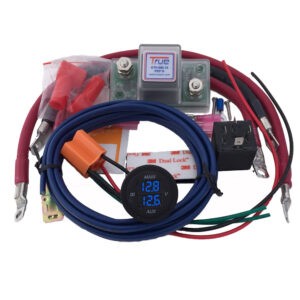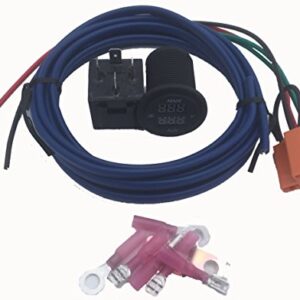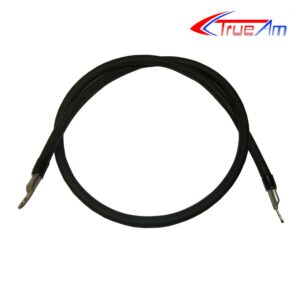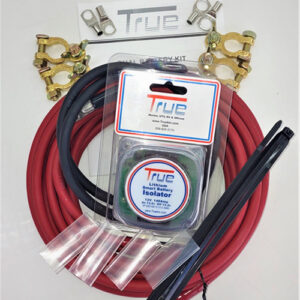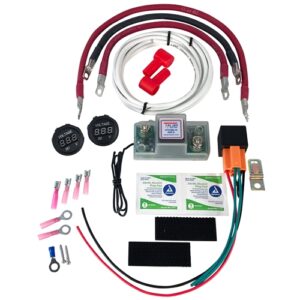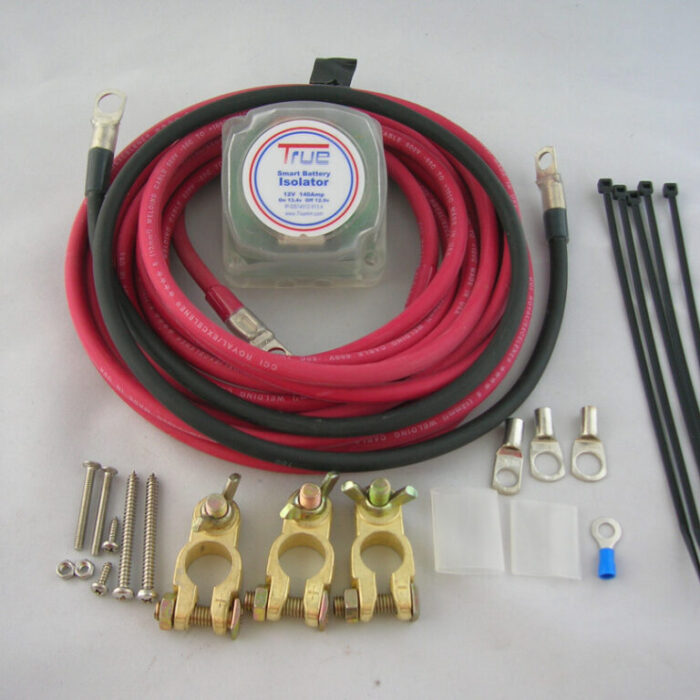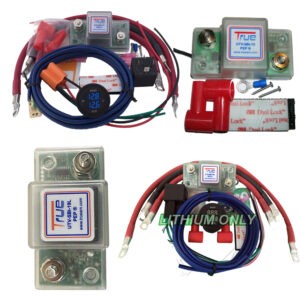Automotive
A battery isolator is a device used in dual battery systems to manage the charging and discharging of multiple batteries. It ensures that the main battery (usually used for starting the vehicle) and the auxiliary battery (used for powering accessories) are charged properly and independently, preventing one from draining the other.
Types of Battery Isolators
Diode Battery Isolators:
Function: Use diodes to allow current to flow in one direction, ensuring that each battery charges independently.
Pros: Simple, durable, and reliable with no moving parts.
Cons: Can cause a slight voltage drop (typically around 0.7 volts), which can reduce charging efficiency.
Solenoid (Relay) Battery Isolators:
Function: Use an electrically operated switch to connect and disconnect the batteries. When the engine is running, the solenoid connects both batteries for charging; when the engine is off, it disconnects them to prevent draining.
Pros: No voltage drop, allowing full alternator output to charge the batteries.
Cons: Relatively more complex with moving parts that can wear out over time.
Voltage-Sensitive Relays (VSR):
Function: Automatically connects and disconnects batteries based on their voltage levels. When the main battery reaches a certain voltage, indicating the alternator is charging it, the VSR connects the auxiliary battery for charging.
Pros: Fully automatic operation, no manual intervention needed.
Cons: Slightly more expensive than basic solenoid isolators.
Showing all 8 results
-

Arctic Cat UTV dual battery system kit by True®
₱129.95 Buy product -

Dual Battery Voltage Gauge by True® Technology
₱53.00 Add to cart -

Harley Davidson Battery Cable Replacement
₱1,800.00 Add to cart -

Polaris ranger 1000 & RZR Second battery kit
₱7,643.00 Add to cart -

Toyota® Tundra Dual Battery Kit
₱8,830.88 Buy product -

True Honda Pioneer Dual Battery Kit for 1000-5 Deluxe, EPS, Trail, Forest, & 1000-6 Deluxe Crew
₱121.45 Add to cart -

True® Heavy Duty Dual Battery Isolator for Ford 150, GMC Sierra, Silverado, Toyota 4Runner, Tundra – All Trucks, RVs and Fishing Boat
₱4,300.00 Add to cart -

UTV Battery Isolator Kit for SxS, Automatic Battery Management System by True® Brand
Price range: ₱6,033.00 through ₱11,346.00 Select options This product has multiple variants. The options may be chosen on the product page
